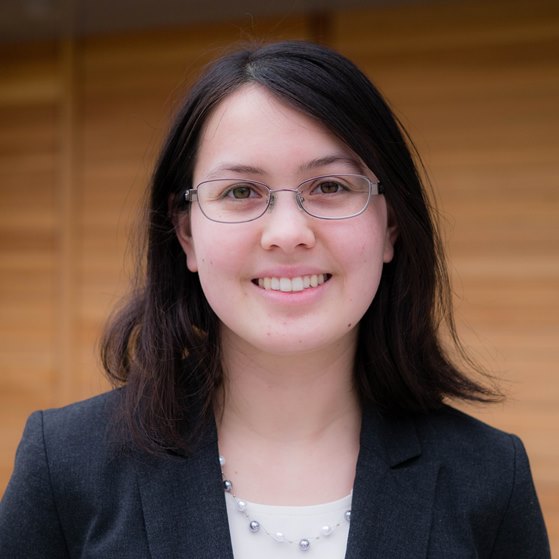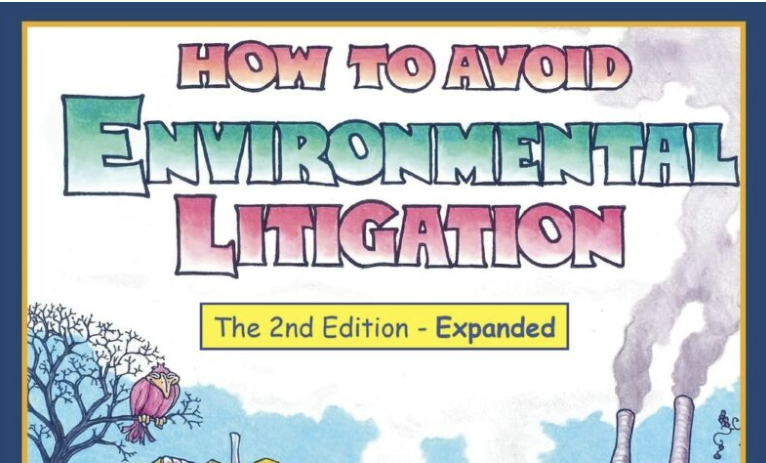
Designing Life to Address Environmental Challenges
Alumni Profile: Natalie Ma, B.S., 2010 and Yale University, Biological and Biomedical Sciences doctoral program
Are the answers to our world’s considerable environmental issues residing in a petri dish or test tube? Is it possible microscopic solutions created in a lab may be what’s needed to confront the climate crisis?
IoES alumnus Natalie Ma is working on building these pathways to environmental sustainability.
A student in Molecular, Cellular and Developmental Biology in Yale University’s Biological and Biomedical Sciences program, Natalie is training in a synthetic biology lab, fine-tuning the science of getting organisms to perform certain functions and when no longer needed die off or be eliminated from the environments they’ve been put in.
“We work in the area of biology and biotechnology on the Jurassic Park problem — how you contain life and make it do what you want it to do so that you can build living things that fix environmental problems, treat diseases, and produce important medicines,” says Natalie.
Natalie’s research is about developing genomic and cellular engineering technologies to understand natural systems, program systems with new biological function, and apply these advances to address global challenges in medicine, energy supply, and the environment.
“Like what live bacteria and yeasts in probiotics do in the human gut to aid digestion,” she explains.
The “Rebel” Science
A student in the early stages of the Environmental Science degree program, Natalie found the major engaging, covering important topics like environmental justice and biodiversity.
“Environmental Science has that sort of rebel point of view and has always been sort of a renegade science. I found it immediately more welcoming than some of the other fields,” she says.
Going through the program, Natalie discovered she really liked doing research. With funding for field work frequently difficult to secure, she decided to try her hand at laboratory research. Catching a podcast on synthetic biology — the science of designing life — she was immediately intrigued by the combination of evolutionary biology, biophysics, genetic engineering, and other life sciences.
“I thought to myself, ‘Oh my god, this is what I want to do for the rest of my life’.”
Natalie started graduate school in 2011 and says it takes about 5.5 years to complete the Ph.D. program. A Graduate Research Fellow in the Isaacs Lab in Molecular, Cell and Developmental Biology, her coursework consists of constructing genes, networks, and whole genomes to gain a better understanding of biological systems.
Integrating Engineering and Evolution
Supervised by Assistant Professor Farren Isaacs, Natalie and twelve other students in different stages of their doctorate mostly do benchwork on bacteria, “not dinosaurs yet, unfortunately,” she remarks.
The lab’s research is akin to gene splicing, a sort of evolution on steroids, involving accelerating the mutation rate in specific areas, then applying selections to pull out what is wanted — a technique developed by Natalie’s professor.
Getting in early in the morning and staying late into the evening, Natalie’s lab activities include starting cultures (a method of multiplying microbial organisms by letting them reproduce under controlled conditions), setting up experiments, and a lot of pipetting, followed by extensive data analysis.
“The running joke among the students in our department is that you’re getting a Ph.D in moving very small volumes of liquid,” she says.
Currently drafting her dissertation, Natalie will consult with her Ph.D. committee on how to next proceed: prepare to graduate or spend another six months to a year in the program. Her dissertation topic is about reducing the chance of engineered cells doing something they aren’t supposed to do — preventing the engineered DNA from getting out into the environment and causing damage and decreasing the cost and risk of building these systems.
After completing the Ph.D. program Natalie could land a postdoctoral appointment at a university or serve as a consultant to a private firm — something she’s already tried and liked. Another option is biotechnology entrepreneurship — an area she says is really blowing up, with lots of startups forming all the time.
Whatever laboratory or corporate setting she next finds herself in, Natalie’s goal is to apply her skills in measuring and modifying genetic and biochemical components to address environmental challenges. In the not so distant future, harnessing biological diversity may be the key to achieving environmental sustainability.



